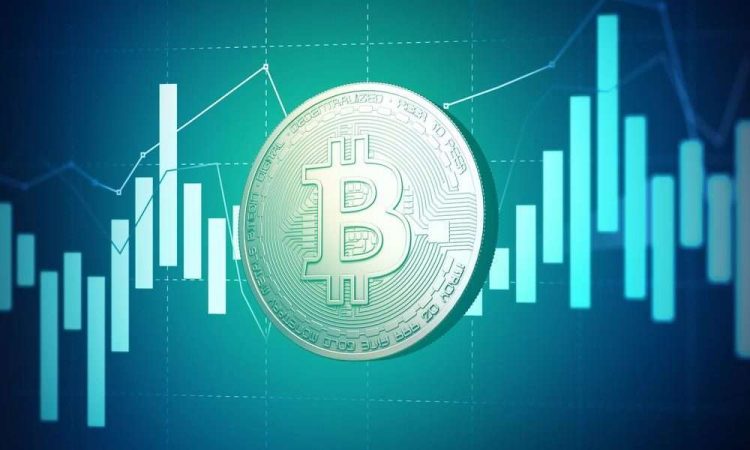
Within the realm of cryptocurrencies, Bitcoin has made quite a splash. But have you ever wondered about how those digital currencies are created and secured? It truly is where crypto mining wallet and Bitcoin mining come into play. In this beginner-pleasant guide, we will explore those principles, demystify the jargon, and assist you in apprehending the charming globe of cryptocurrency mining.
What is Bitcoin Mining?
Bitcoin mining is the process of creating new Bitcoins and verifying transactions on the Bitcoin network. It’s like a digital gold rush, where miners compete to solve complex mathematical puzzles to validate and add blocks of transactions to the blockchain. Miners are rewarded with new Bitcoins for their efforts, making it an enticing endeavor for many.
The Importance of Crypto Mining Wallets
To participate in Bitcoin mining, you’ll need a crypto-mining wallet. A crypto earning app is a software or hardware device that allows you to securely store, send, and receive your mined cryptocurrencies. Think of it as your digital vault for storing your hard-earned digital coins. Different mining wallets are available, such as desktop, mobile, web and hardware wallets.
Choosing the Right Mining Wallet
When selecting a mining wallet, it’s crucial to consider security, ease of use, and compatibility. Let’s briefly explore the different types:
- Desktop Wallets: These wallets are installed on your computer and provide control over your private keys. They offer a good balance between security and convenience.
- Mobile Wallets: Mobile wallets are apps you can install on your smartphone. They are handy for quick transactions, but choose a reputable wallet with robust security features.
- Web Wallets: Web wallets are accessible through your web browser and store your private keys on a server. While they offer convenience, remember that you’re trusting a third party to secure your funds.
- Hardware Wallets: Hardware wallets are physical devices that store cryptocurrencies. They offer the highest level of security since they keep your private keys offline.
The Process of Bitcoin Mining
Now, let’s dive into the nitty-gritty of Bitcoin mining. Miners use specialized hardware called ASICs (Application-Specific Integrated Circuits) to solve complex mathematical problems. These problems require a massive amount of computational power and electricity. Miners compete against each other to find the solution, and the first miner to solve the puzzle earns the right to add a new block of transactions to the blockchain.
Once a miner successfully mines a block, the newly minted Bitcoins are added to their mining wallet. This is how new Bitcoins are created and distributed into circulation. Additionally, the miner earning crypto transaction fees from users who include them in their transactions. As the Bitcoin network becomes more secure and the mining difficulty increases, mining becomes more challenging and resource-intensive.
Mining Pools: Strength in Numbers
Solo mining can be daunting for individual miners due to rising competition and expenses. This is where mining pools come into play. Mining pools allow miners to earn rewards and combine their computing power to increase their chances of mining a block. If a mining pool successfully mines a partnership, the rewards are distributed among the pool members based on their contributions.
Conclusion
Crypto mining wallets and Bitcoin mining play a crucial role in creating and securing cryptocurrencies like Bitcoin. Understanding these concepts is essential for anyone looking to delve into cryptocurrencies. You can take part in this exciting adventure by choosing the right mining wallet and familiarizing yourself with the mining process.
Remember, crypto watchlist is not a get-rich-quick scheme. It requires dedication, investment in hardware, and a thorough understanding of the risks involved. So, start small, do your research, and enjoy the journey as you navigate the fascinating realm of crypto mining.
